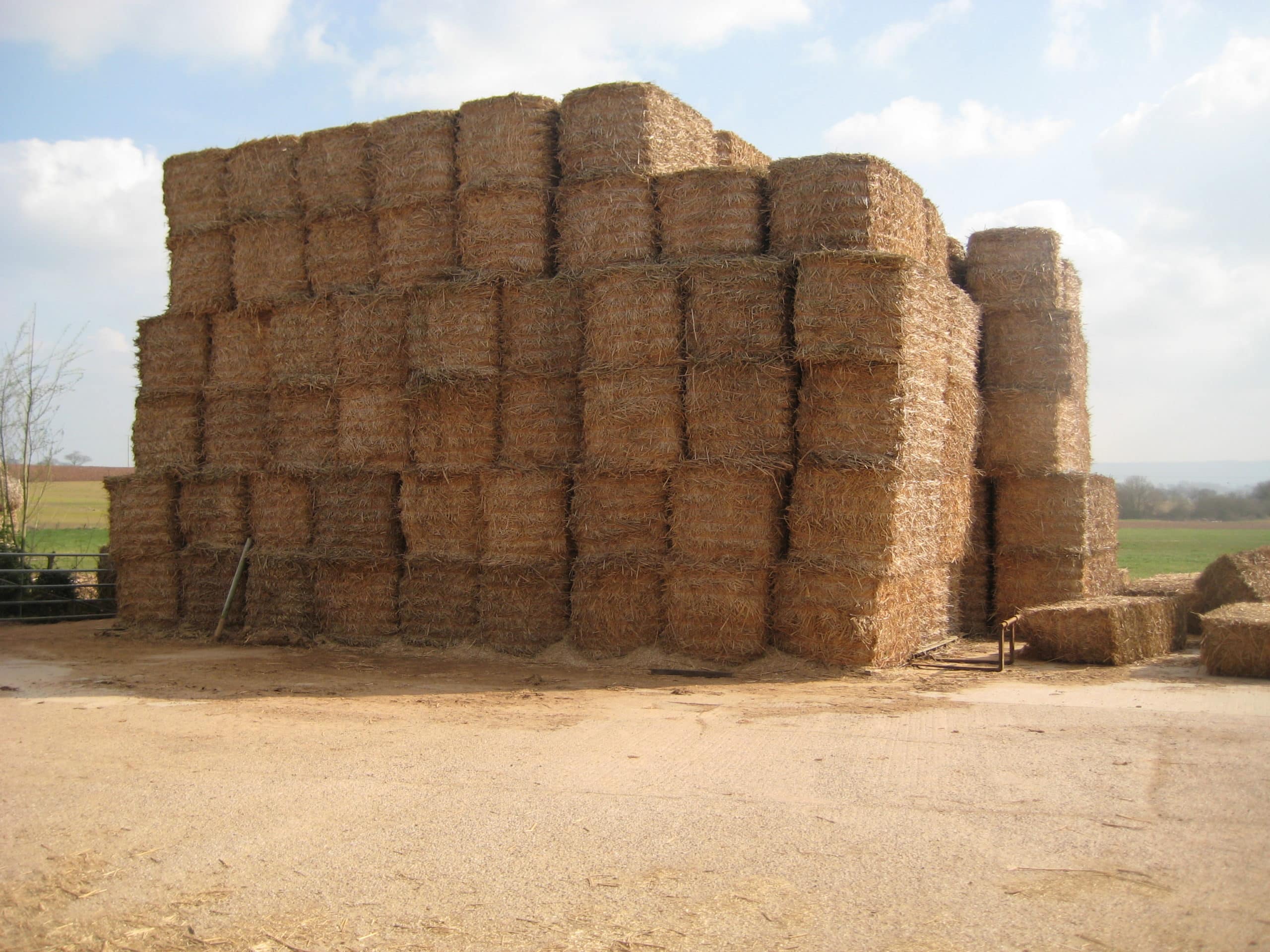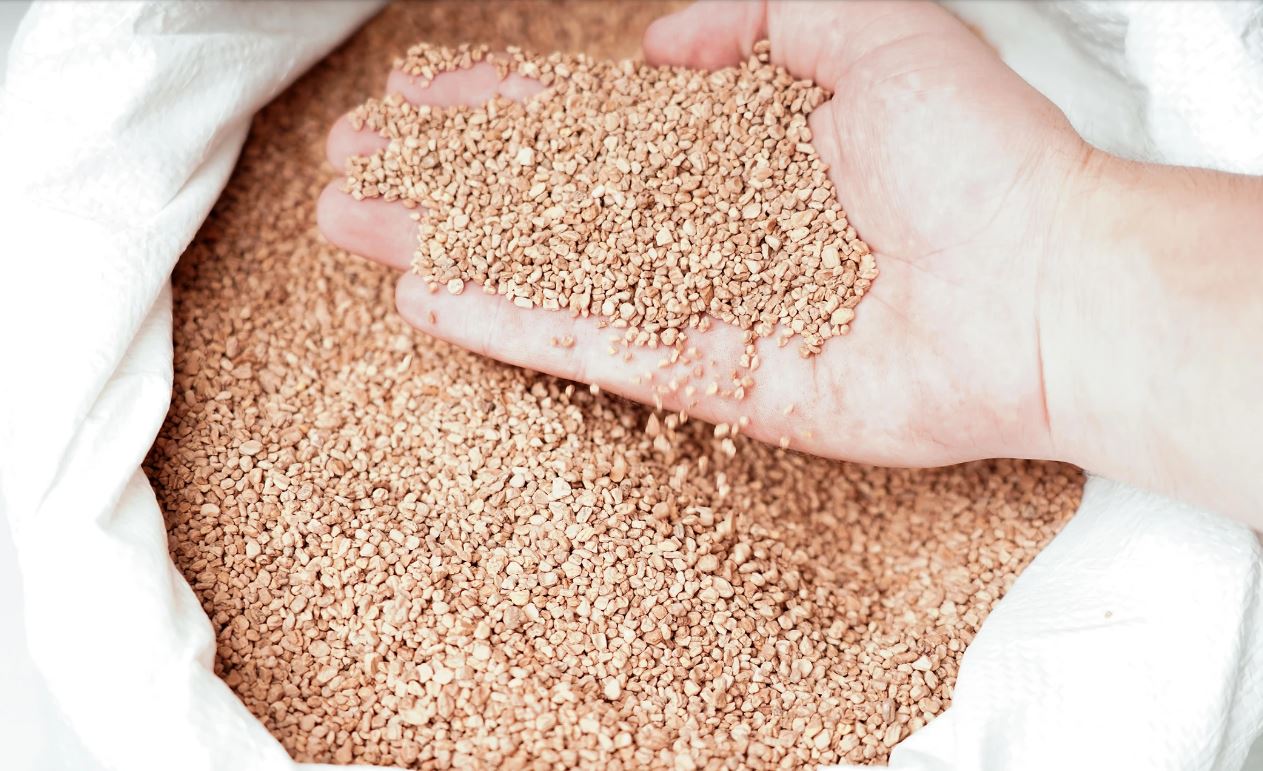
If you are producing material at scale in the UK or importing it from abroad then there is quite a bit of information that you will need to collate. We need to see this information so we can calculate the lifecycle greenhouse gas emissions of your fuel from source to end user.
You will need details of:
For imports you will also need details of:
If you have a complicated supply chain, please contact us. We can provide you with a template spreadsheet and more guidance.
You will also need a bespoke Land Criteria Declaration. This is required as evidence that the land from where the material was sourced was not virgin land (e.g. wetland, ancient woodland, protected landscape etc) back in 2008. This is in line with EUs Renewable Energy Directive.
If you are producing lots of material, it is likely to be sourced from many original farms and assembled at processing facilities. The bespoke LC declaration should demonstrate that the chances of the materials coming from a protected area to be very low. (This is similar to a Risk Based Regional Assessment required for Biomass Suppliers List registration).
If you wish to produce this yourself, we can provide a template for you to add the following details:
In most situations, if there is a mature supply chain for your biomass raw material there will be online sources of information that you can use as evidence.
If you are confident that you can do your own bespoke LC declaration, please contact us. We can provide you with a template and more guidance.
If you are already starting to have doubts, do not worry, we have helped many traders get through the process using our assisted application service.
We have two relevant packages that we can offer traders:
If you would like to engage us to do an assisted application, please contact us.
One of the big issues with the RHI is that although most sources of biomass are classed as eligible fuels you still have to jump through some hoops to make sure that your customer can continue to claim the RHI when using them.
The issues are:
We have some traders who have gone through this protracted process and have made it work. However, many others have decided it is not for them.
If you are based abroad or don’t have the necessary skills, we can help with a holistic service helping people get the necessary emissions certificates. It's not cheap as there is a lot of leg work and the requirement to have an engineer on site to make sure all the tweaks are made to get the right result. Also, there is no guarantee that the emissions thresholds will be met so there is a relatively high degree of risk. As a result, we would charge up front for this service.
If you are still keen, please contact us.
In order to ensure that the sustainability of an authorised fuel is traceable, from origin to final use, it is necessary to track the ownership of the fuel. Producers and traders need to allocate fuel sold or transferred to another trader or user through their SFR account, and in turn those in receipt of an authorised fuel will need to accept the fuel in their SFR account.
Therefore, it is necessary for all those in the custody chain to have an SFR account. Each new owner of fuel will receive their own unique SFR number for the fuel.
Allocating a fuel a fuel is easy. In your Dashboard select the SFR fuel you wish to allocate from and add a tonnage figure. You will need to have the email address of the SFR account that you are allocating fuel to. As you allocate fuel, the amount of fuel available under that SFR number reduces. It is not possible to allocate more fuel than what you have registered.
It is possible to allocate fuel to your own account, if you are also using the fuel in an RHI accredited system.
It’s important that your customers know that they need to accept allocated fuel. When they accept the fuel from your account, they will get a unique SFR number, and this is the one that they need to submit as part of their RHI periodic reporting.
If you have any queries about allocating fuel, please contact us.



